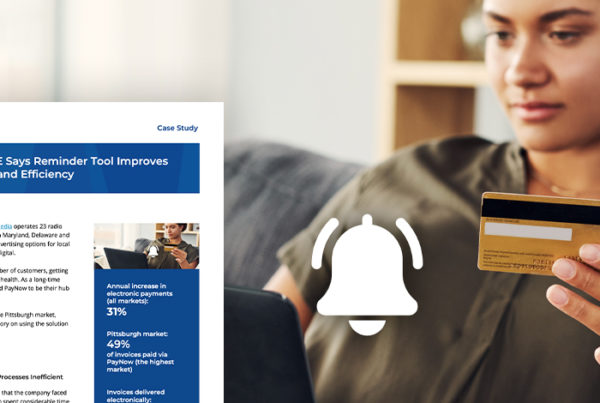Doing more with less is a familiar refrain in business. Any organization seeks to drive efficiency in its processes as they face a myriad of challenges. Those are often managing rising operating costs, insufficient staff, antiquated processes and lack of technology consolidation. All these issues are impacting the local TV industry.
The industry is ripe for modernization and evolution so local TV sellers can meet the needs of advertisers while also improving the processes behind the sale. So, how can you bridge these gaps? The simple answer is technology that provides a comprehensive sales platform built for local media companies. So, what does this new horizon in broadcast TV sales include? Let’s find out.
Bridging the Gap with Technology: Features Local TV Needs to Do More with Less
Technology should be an enabler for your organization, delivering features that align with the sales process. If it creates barriers and has limitations, you may struggle with efficiency, accuracy and optimization. You need a solution that serves you today and tomorrow, and these are the features that will get you there.
Easy Customer Management
Managing customers can be a significant pain when you have to use multiple systems to develop proposals and process orders. A lack of visibility of pending proposals and orders can also create friction in the process. Sellers need to be able to do this in one system so it’s easy and fast. Thus, technology should:
- Integrate pipeline management functions into proposals and order processes.
- Enable monitoring of open opportunities.
- Eliminate the need to access traffic data, so it stays clean.
Streamlined Sales Activity
Avail requests and proposal conversion is often a multistep, manual workflow. As a result, sales activities take longer, eating away at the time sellers would be spending on revenue-generating tasks. Your new solution should allow conversion in one step and then automatically send it for approval. Execution of the order happens within the traffic system. It reduces the time and number of actions to improve productivity.
Rate Management That’s Automated and Optimized
Another critical area that technology should support is rate management. Many media companies still rely on rate experts, complex spreadsheets or intuition. This creates a lot of inconsistency, inefficiency and leaving money on the table.
The solution is a dynamic pricing tool. It’s the real-time component of yield management, which automatically sets spot rates based on fill rates, timelines and other factors. There’s no internal back-and-forth. It enables sellers to price inventory at the best rate every time. This feature also allows for guardrails at the seller level, including floors, ceilings and discount tolerances.
Data Insights Available in Real Time
Data plays a huge role in local TV sales. However, many organizations don’t have access to it; if they do, it’s hard to export or manipulate. For data to be actionable, it must be available. Your sales technology should enable complete visibility into seller and campaign performance. With this knowledge, you can:
- Have a clear understanding of your pipeline and how sellers are performing against goals.
- Conduct analysis after campaigns run.
- Export data to use in any way that benefits your organization.
Accommodating How Advertisers Want to Buy Spots
Along with technology improving and enhancing internal processes, it should also cater to how advertisers want to buy spots. There are some emerging trends you’ll need to account for when you modernize your platforms, including:
- Pay for performance: In this model, you submit ratings, and customers accept them with a guaranteed percentage of impressions. It lets you do makeups in flight, virtually eliminating makegoods and credits. Advertisers appreciate the reliability of the delivery of the spots and may spend more with you as a result.
- Multimarket and multimedia proposals: TV ad buyers like to receive a single proposal for multiple markets and media. Providing this to them could be a difference in how much they spend.
- Converged TV: Advertisers realize that how people consume content is changing and want to meet the audience where they are. They’re moving toward converged TV buying, which includes linear TV, OTT/CTV, digital video and O&O. If your technology can do this, you can capture more ad dollars with omnichannel campaigns.
Consolidation of Systems to Drive Efficiency and Reduce Operational Costs
When all these features are in one solution, you can migrate from multiple systems to one. Consolidation is the key to sales efficiency and removing the swivel-chair effect of jumping between applications. Everything is in one platform, so you have all the functionality and data in a single source. Additionally, you’ll be able to remove software fees from your operating budget and reinvest that in other areas like training and retention of salespeople.
Your Technology Should Bridge the Gap, Not Make It Larger
After reviewing the ideal state of your TV sales technology, you can see all the advantages you can realize. If your sellers are tired of ineffective technology that creates more hardships, it’s time to rethink where you’re heading in the future.
Get more insights on the future of local TV ad sales by watching our on-demand webinar, Data Is Your Crystal Ball: How It Guides the Modern TV Seller.
Want to learn more about how you can do more with less with Marketron REV?







